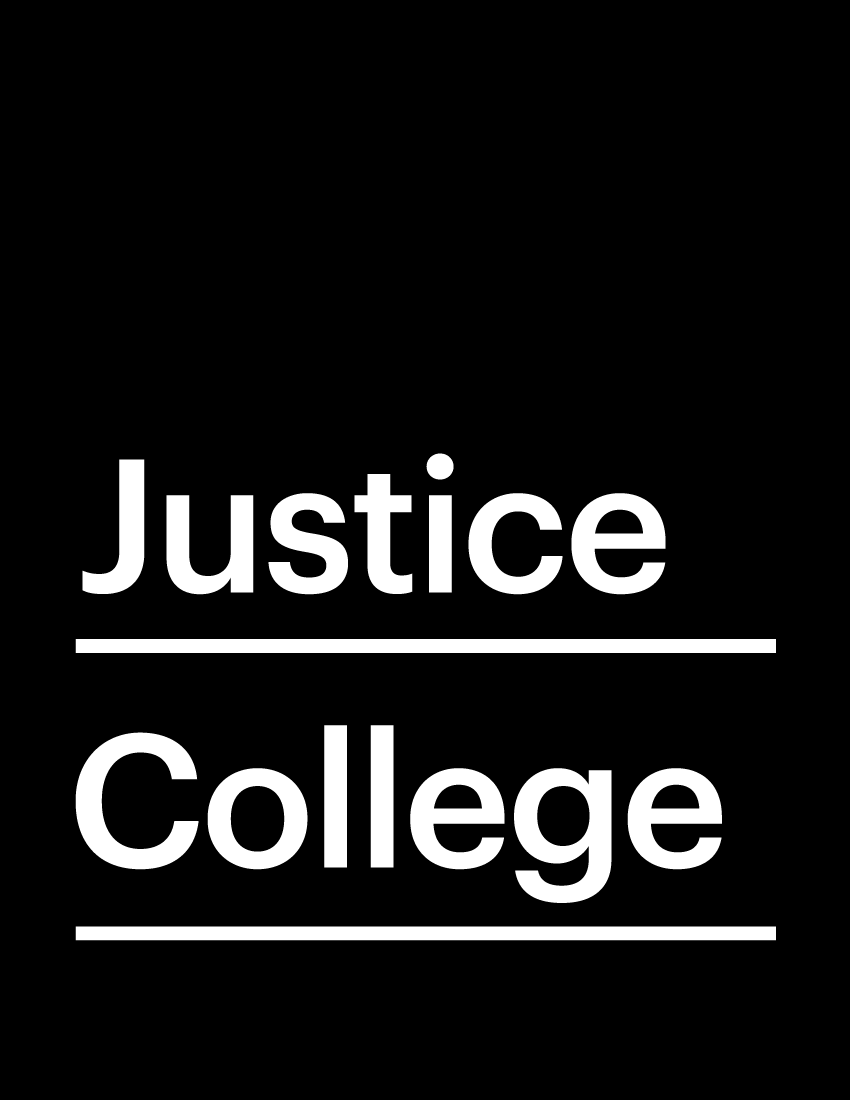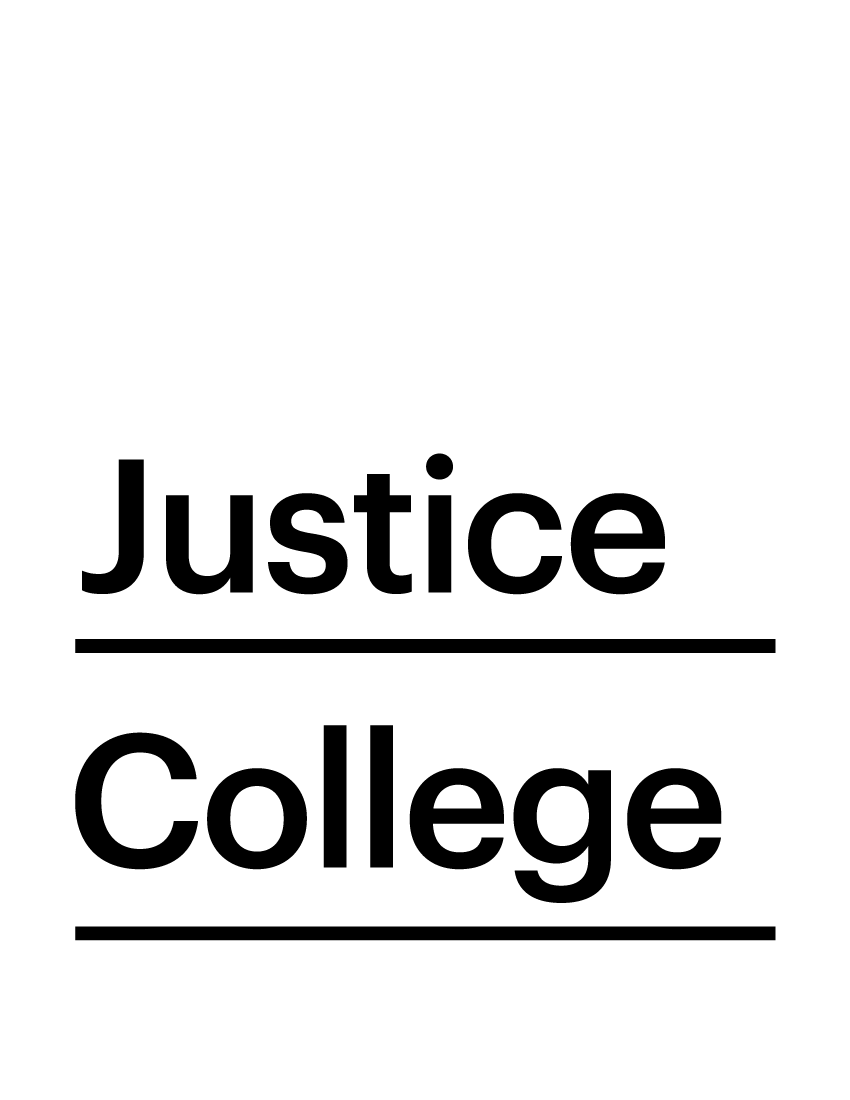Staring at a room full of giant memo sheets plastering the conference room, my black “Sharpie” cursive is scratched on every page. My client, a trial lawyer in Los Angeles, says, “This is really helpful. Let me ask you, if you had to share your best lessons as a consultant, what’s the wisdom you pass on?” I later muse on his query on the flight home. Really, what better way to bolster the work of fellow Arizona Plaintiff lawyers than to share the benefits of the last several years of consulting? So, here are a few distilled highlights.
- When it comes to trial, you are just as capable of “greatness” as the lawyers writing books and winning millions. They have charisma oftentimes, true, but for most of us, persuasion is more of a formula than a singular trait. A charming lawyer can make-up for a slight bad turn in a piece of evidence or two on rare occasion, but a bad case is a bad case no matter how likeable the lawyer. It is better to think of persuasion as several elements in combination in the right amounts. For example:
Case (selection and framing) + Client (selection and preparation) + Defendant conduct + Trial Tone, etc. These things can be added together to equal a verdict. In other words, say a seven figure result is sought but the client has credibility issues, the formula is off. The lawyer may have to refocus or reframe the issues so that they weigh more heavily in the formula so the case is not hinging on one element too heavily. Thinking of persuasion this way, keeps us accountable to focused preparation where the case needs it most.
- There are no shortcuts to amazing cases. The biggest lesson in navigating brain injury cases is how heavy the evidence must be to get an amazing result. Concussions that brought in eight figures seemed an impossibility a decade ago. They happen with greater frequency now, but not by accident. These cases are a model of how every type of case can benefit:
- Don’t skimp on experts – spend the money to retain good ones and when in doubt, go expert-heavy. They can always be pared-down later.
- Get great demonstratives and streamlined exhibits; If there are technical illustrations, get experts involved in their creation in order to ensure good foundation for admissibility.
- Bring in professionals. They may help with exhibits, focus groups, witness prep, exhibits, etc.; Simple observations and insights the professionals encounter frequently can be transformative to your case.
- If cost is a concern, consider funding. Many lawyers had terrible experiences in the past but things have evolved with a bigger market and many more options including non-recourse options that can support the development of evidence.
- Know the medicine. The defense dwells in ambiguity, so a solid knowledge base is critical to confronting baseless defenses.
- Great lawyers focus their practice. It’s not that there can’t be “general” PI practitioners. It’s simply that it detracts from the best cases when resources are spread too thin. For smaller and solo firms, saying “no” and referring a few things out allows focus on other cases. Larger firms or firms focused on certain types of single-events have structures that are built to handle volume. Let go the occasional case that may be better handled by another firm. We can’t save every case and we do a disservice to the clients we do have when we try.
- Good cases are lost in the details. In the era every marketing email is focused on “growing” a practice, some lawyers, not ready to deal with growth they attain, have to grapple on the back-end with cases suffering from poor work-up. I know of a recent case (not in Arizona) where the standard of care expert was maimed when he was dissected on communications with the lawyer. The draft” report, candidly, was fairly benign, but became lethal under examination where he was underprepared. Of course, a lawyer can’t anticipate every defense move, but that one was predictable and exposed. Shoring-up details happens by the lawyer and if pulled in too many directions, fine points are missed in a big and meaningful way.
- Teams are essential for trial. It’s doable for the lawyer to go at it alone, but maybe not best practices anymore. There is too much to navigate and getting heads together that bring in different strengths and points of view. This can range from bringing in co-counsel, hiring an experienced trial paralegal or just getting a professional to handle the technology so your attention is where it needs to be. Besides, it’s fun. Some of my best friendships have arisen in recent years through preparing and trying cases together.
- You are never too old to change/learn/grow. If you’ve started any sentence with, “That’s just the way I am . . .” or “That’s just the way I’ve always done it….”, it’s time to wake-up to challenge. Neuroscience is proving at lightning speed that our brains are not “hardwired” and that the path to new habits and learning canbe traits that evolve throughout our lifetime. Times change. If we are going to connect with the people making big decisions on our cases (adjusters, judges, co-counsel, juries) we better learn to change, too. Get a coach. Read up on persuasion. Study behavior and decision-making. Take a cognitive science class. Do some self-work or learn to be vulnerable. It’s all going to serve you and your clients in the long-run.
- Stop Preparing for Settlement. Yes, the case will probably settle, but time is only an asset when allocated wisely. A lawyer-client in Tampa said it best, “We settle the case we prepare for – – – and we prepare the best when we think settlement is not an option.” That inner-procrastinator tells us, “hold, off—we can wait to get that expert later . . .” or “why don’t we just wait until after mediation . . .” leaves us in the inevitable time crunch and limits options. Lawyers are far less timid at mediation when the case is battle-tested and ready. It does not serve the client when there are gaps in work-up left to the last minute, even where costs or time may have been preserved.
Keep it Simple. Exhibits, argument, framing, simplicity is the theme that bears repeating. The thing to know here is that the lawyer is probably not the best litmus test for simplicity. Run things by non-lawyers. Show planned trial exhibits to the focus group. Talk to teens or the barrista at the local coffee place. Run messaging by a conservative aunt. Then, don’t fight it. Listen. Absorb the input instead of trying to convince them of your plan to overcome.

